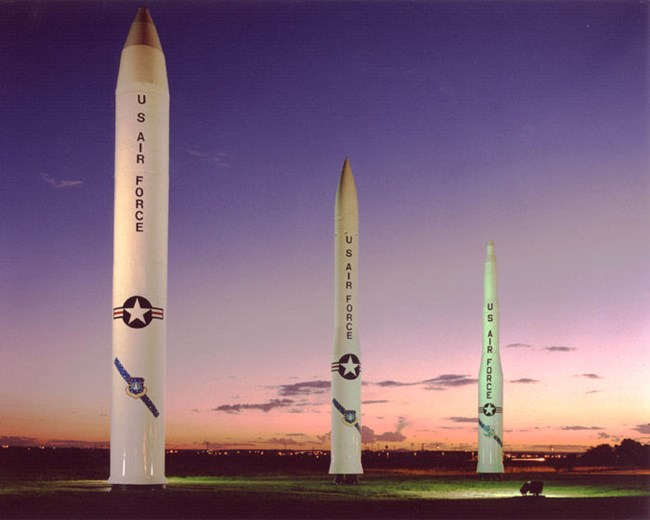On August 2, 2017, an unarmed Minuteman III intercontinental ballistic missile was launched as part of an operational test at Vandenberg Air Force Base in California at 2:10 a.m. PDT. This event underscores the ongoing role of the Minuteman III in the U.S. nuclear arsenal, an aspect recently highlighted by budgetary developments in Washington.
The Air Force has revealed that the program to replace the Minuteman III, a key component of the U.S. ground-based nuclear deterrent, has significantly exceeded its original budget of $95.8 billion. The increase in costs, which now exceed $131 billion, is attributed to challenges posed by the COVID-19 pandemic and inflation. This revelation came from Andrew Hunter, the Assistant Secretary of the Air Force for Acquisition, Technology, and Logistics, during an interview with Reuters.
Northrop Grumman Corp, the defense contractor managing the program’s design and development, has encountered various complications that have escalated costs. These include modifications like enlarging missile silos and utilizing more robust materials. The Department of Defense, known for facing cost overruns in various projects, is particularly impacted by this development, given the strategic importance and complexity of replacing the Minuteman ICBMs.
The Minuteman III missile system forms a critical part of the United States’ nuclear triad, which also includes nuclear-capable bombers and submarine-launched nuclear weapons. The current initiative to overhaul the ground-based ICBM segment, known as the Sentinel program, is the first such major endeavor in over 70 years, leading to initial underestimations of the project’s complexity and cost.
This cost overrun triggers the Nunn-McCurdy Act, a legislative provision that mandates the Pentagon to justify to Congress any program where unit acquisition costs have risen more than 25% above the original estimate. The Act also requires demonstrating the absence of viable alternatives to the program.
The Sentinel program’s cost increase primarily stems from modernizing the infrastructure associated with the 450 missile silos, including extensive command systems and 7,500 miles of new cabling. The program also encompasses the procurement of new equipment like trucks, the construction of command buildings, and the production of 659 new missiles. Notably, the missiles themselves are not the primary factor in the cost increase.
In 2020, Northrop Grumman was awarded a $13.3 billion contract for the engineering and manufacturing development (EMD) phase of Sentinel. This phase involves designing, testing, and advancing the project. However, evolving specifications and requirements, such as increased silo dimensions and enhanced systems demanding more power and better climate control, have contributed to escalating costs.
The procurement phase, following the EMD, is projected to exceed the initial $61 billion budget within the overall program’s scope. This phase is set to begin in the late 2020s, with Northrop Grumman emphasizing its commitment to supporting the Air Force in updating cost forecasts for future program phases.
Mike Rogers, chairman of the House Armed Services Committee, emphasized the necessity of the Sentinel program for the future of the U.S. nuclear deterrent and pledged rigorous oversight to address the cost overruns. The Air Force, while conducting the Nunn-McCurdy review, will continue program execution, with potential timeline adjustments pending a review by the Secretary of Defense’s office.
Source: Reuters
